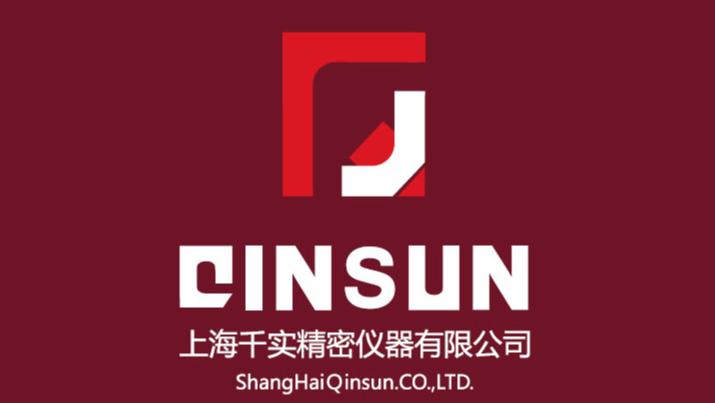- Qinsun Instruments Co., Ltd.
- Tell:+86-21-6780 0179
- Phone:+86-17740808215
- Address:No. 2578 Minhang District Gu Dai Road, Shanghai
- Contact:Mr. Li
- QQ:846490659
Selection of pressure gauges

1. Selection of types
The selection of instrument types must meet the requirements of process production. For example, whether remote transmission, automatic recording, or alarm are required; Whether the properties of the tested medium (such as temperature, viscosity, corrosiveness, degree of dirt, and whether it is flammable and explosive) have special requirements for the instrument, and whether the on-site environmental conditions (such as humidity, temperature, magnetic field strength, vibration, etc.) have requirements for the instrument type. Therefore, selecting the instrument type correctly according to the process requirements is an important prerequisite for ensuring the normal operation and safe production of the instrument.
For example, the spring tube of ordinary pressure gauges is mostly made of copper alloy (high-pressure gauges use alloy steel), while the spring tube material of ammonia pressure gauges is made of carbon steel (or stainless steel), and copper alloy is not allowed. Due to the chemical reaction between ammonia and copper, which can cause explosions, ordinary pressure gauges cannot be used for ammonia pressure measurement.
Oxygen pressure gauges can be identical to ordinary pressure gauges in terms of structure and material, except that oxygen pressure gauges must be oil-free. Because oil entering the oxygen system can easily cause explosions. When calibrating the oxygen pressure gauge used, oil should not be used as the working medium like ordinary pressure gauges, and the oxygen pressure gauge should be stored strictly to avoid contact with oil stains. If it is necessary to use an existing pressure gauge with oil stains to measure oxygen pressure, it must be repeatedly cleaned with carbon tetrachloride before use and carefully checked until there is no oil stain.
2. Determination of measurement range
In order to ensure the reliable operation of elastic components within the safe range of elastic deformation, when selecting the range of the pressure gauge, sufficient margin must be left based on the magnitude of the measured pressure and the speed of pressure change. Therefore, the upper limit value of the pressure gauge should be higher than the possible pressure value in process production. According to the "Technical Regulations for Chemical Automatic Control Design", when measuring stable pressure, the working pressure should not exceed 2/3 of the upper limit value of the measurement; When measuring pulsating pressure, the working pressure should not exceed 1/2 of the upper measurement limit value; When measuring high pressure, the working pressure should not exceed 3/5 of the upper measurement limit value. The minimum value of the measured pressure should generally not be less than one-third of the upper limit value measured by the instrument. To ensure a linear relationship between the output and input of the instrument
After calculating the upper and lower limits of the instrument based on the values and small values of the measured parameters, this value cannot be directly used as the measurement range of the instrument. When selecting the upper limit value of the instrument scale, we should select it from the national standard series. The standard series of pressure gauge measurement ranges in China include: -0.1-0.06, 0.15; 0-1.6,2.5,4,6,10X10 "MPa (where n is a natural integer and can be positive or negative).
3. Selection of accuracy level
Based on the allowable errors in process production and the selected instrument process, calculate the allowable citation errors of the instrument, and determine the accuracy of the instrument within the national precision level. Generally speaking, the more precise the instrument used, the more reliable the measurement results will be. But it cannot be assumed that the higher the accuracy of the selected instrument, the better, because the more precise the instrument, the more expensive it is generally, and the more difficult it is to operate and maintain.





